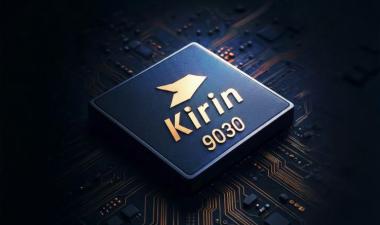Teardown: Lenovo Mirage VR S3 headset
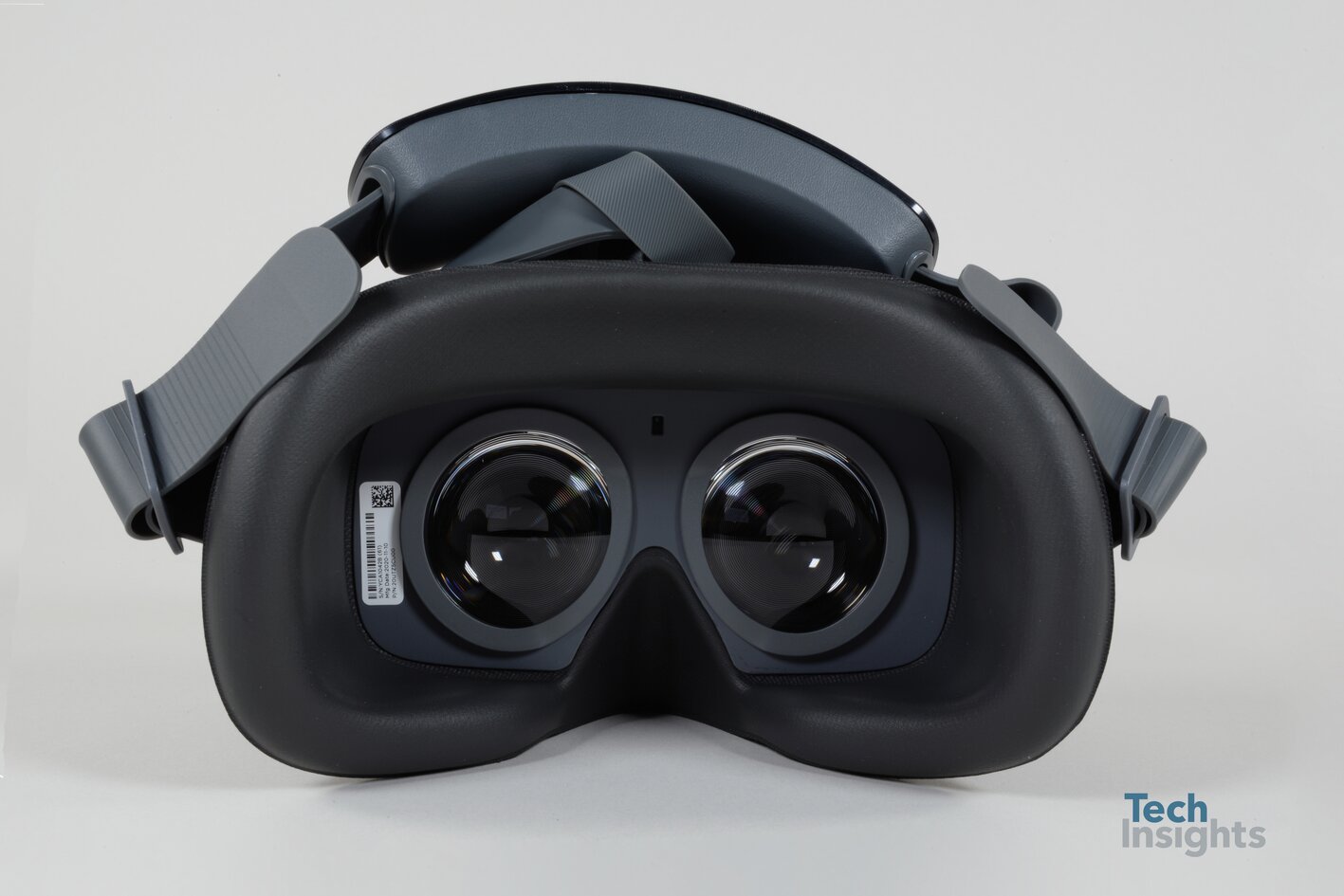
Virtual reality (VR) headsets have taken off in recent years after remaining stagnant due to more content becoming available for users to enjoy both movies, games and other entertainment forms.
With the inception of the metaverse, it is likely VR and augmented reality (AR) headsets will continue to enjoy growth moving forward as these will be the main source of interaction inside this virtual environment that will mix both real world elements with virtual content.
But VR games and movies are not slowing in development, which will also fuel growth and lead companies to continue to develop new generations of headsets with more bells and whistles that have not been added to these headsets previously.
Lenovo’s Mirage VR S3 headset is one of the high-end headsets that uses the Snapdragon 835 applications processor, a 75 Hz dual display subsystem, 5 GB mobile LPDDR4 SDRAM and 64 GB of 3D NAND flash memory.
The following is a partial deep dive of the Lenovo Mirage headset conducted by TechInsights.
Summary points
- Octa-core Snapdragon 835 applications processor
- 75 Hz dual display subsystem
- 5.5 inch TFT 2160 x 3840 pixels
- 64 GB 3D NAND flash memory
- 8 GB mobile LPDDR4 SDRAM
Target market:Gaming
Released:July 2020
Pricing:$432.99
Availability: Worldwide
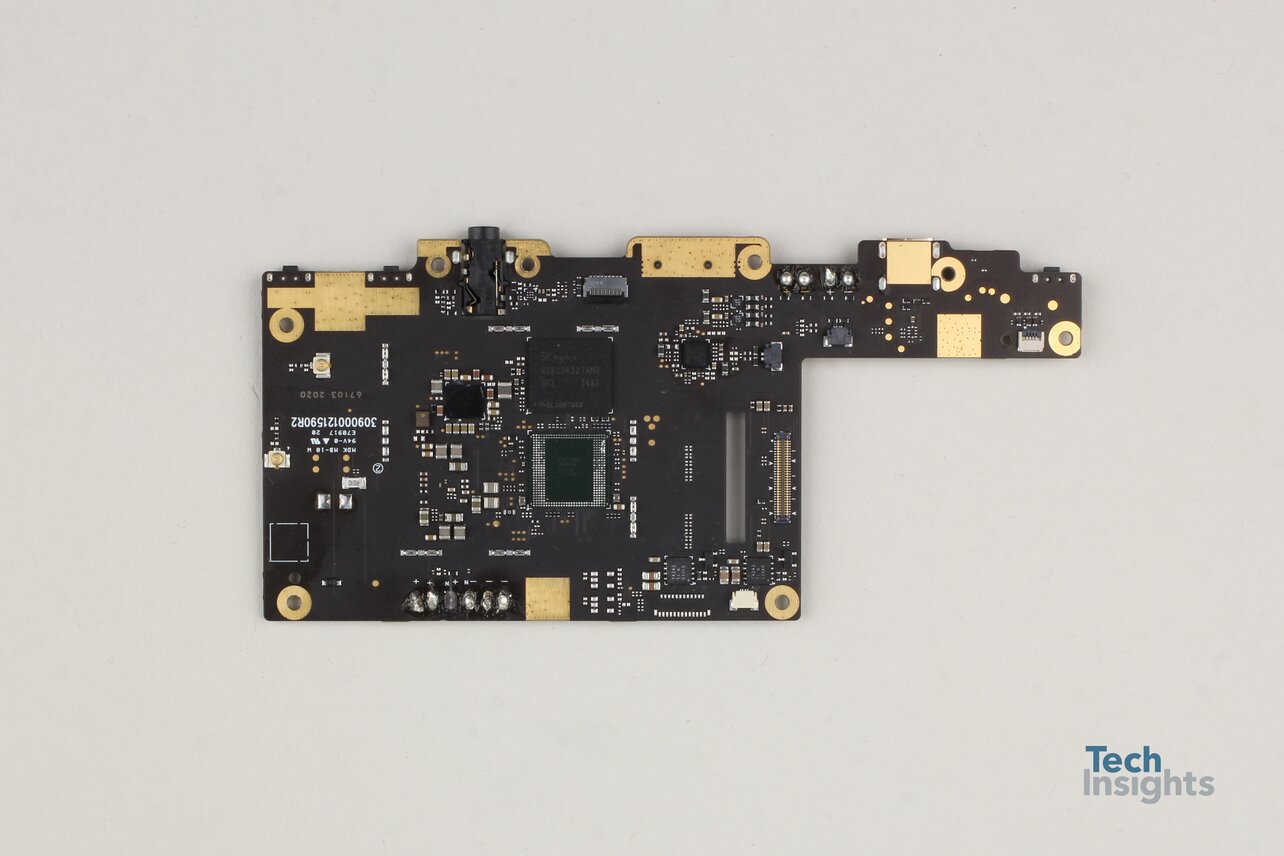
Main board
The main board of the Lenovo Mirage VR S3 headset contains the main processor and memory that powers the VR headset. Specifically, this includes:
- Qualcomm’s octa-core Snapdragon 835 applications processor
- Qualcomm’s platform power management and audio CODEC
- SK Hynix’s 6 GB mobile LPDDR4 SDRAM and 64 GB 3D NAND flash multichip memory
- Texas Instruments’ adjustable LED driver
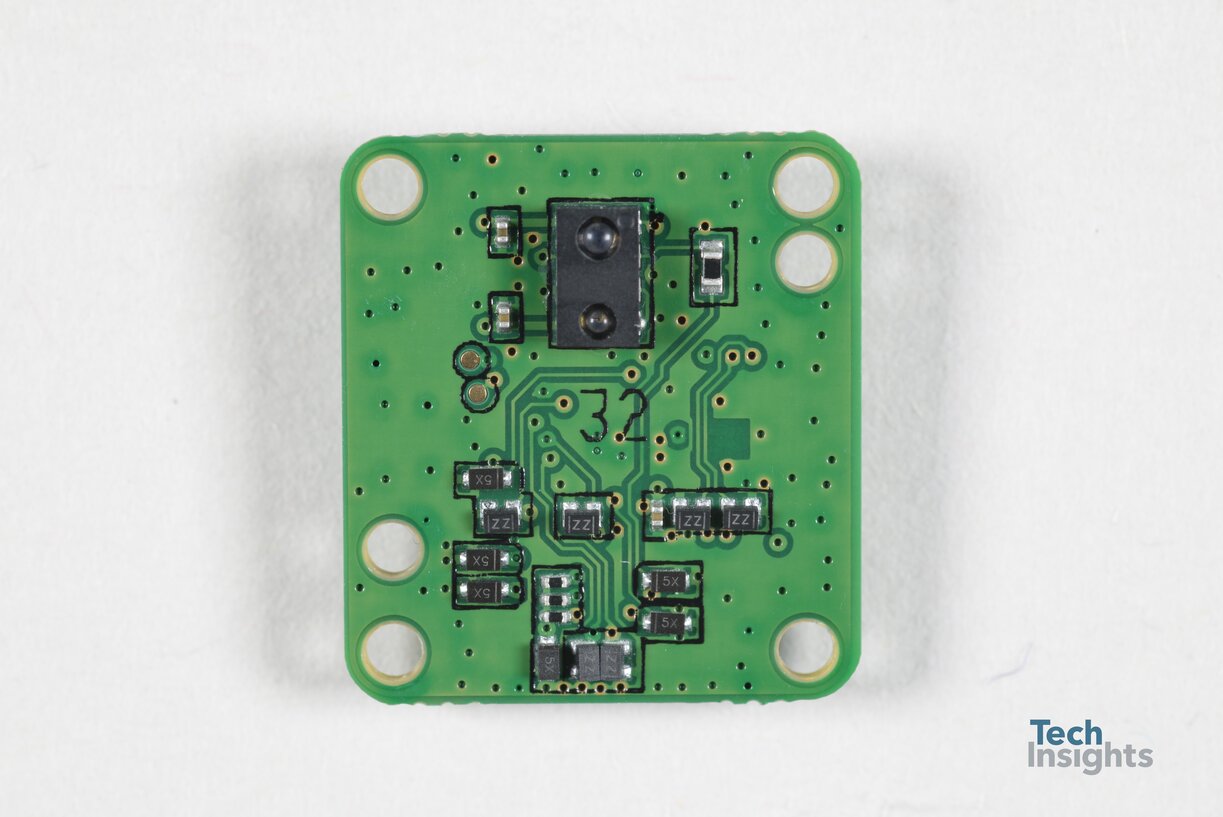
Sensor board
The sensor board inside the Lenovo Mirage VR S3 headset contains two primary sensors for operation including the Bosch Sensortec six axis MEMS accelerometer and gyroscope and the AKM Semiconductor three axis electronic compass.
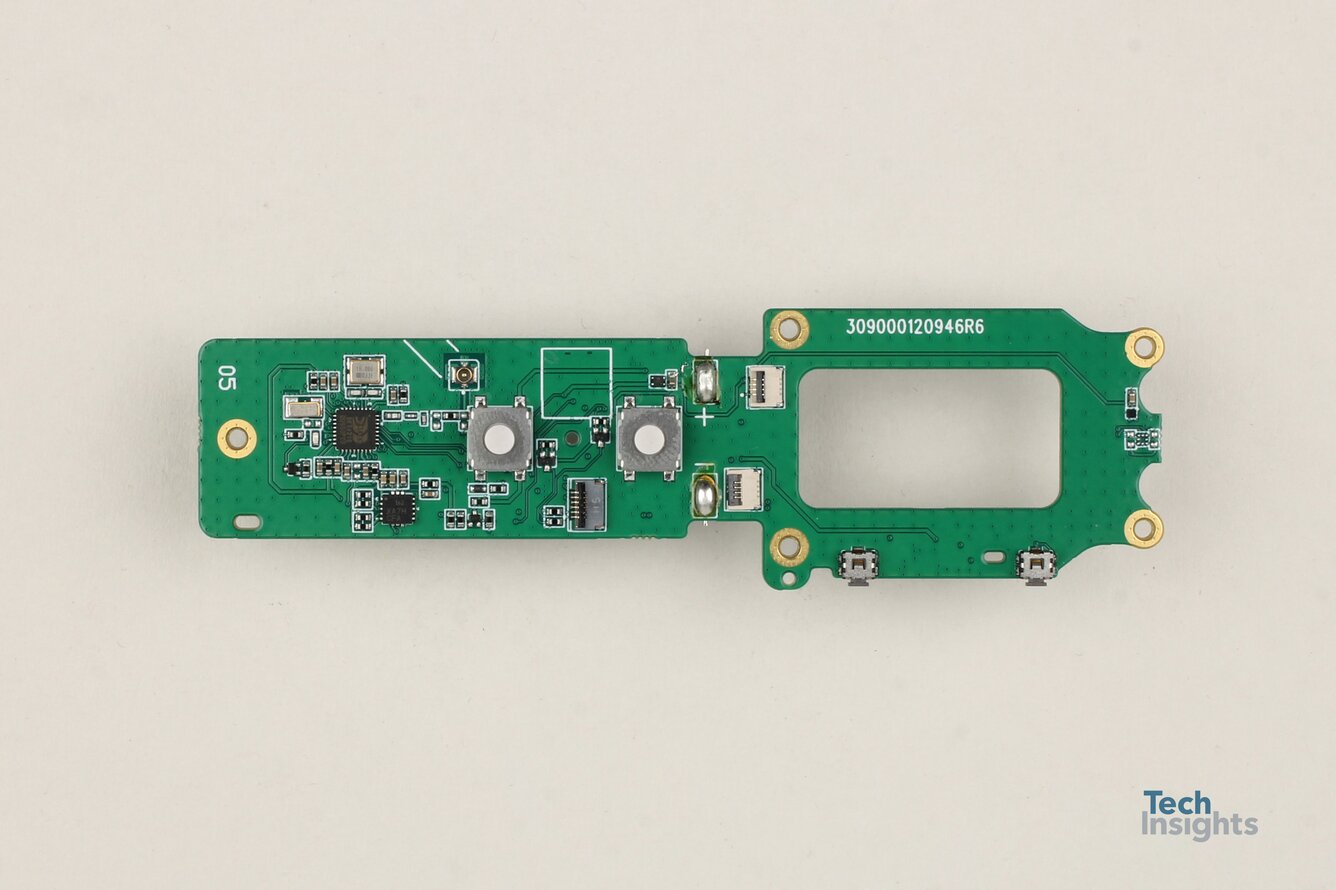
Controller board
The controller board has the button and triggers for control of the headset as well as the volume buttons and controller touchpad. The electronic components include:
- AKM Semiconductor’s three axis electronic compass
- SGMicro’s LDO regulator
- Beken’s Bluetooth 4.0 system-on-chip
- TDK-InvenSense’s six axis MEMS gyroscope and accelerometer
Main components
- $33.01 — Octa-core Snapdragon 835 applications processor — Qualcomm (Qty: 1)
- $29.27 — 75 Hz dual display subsystem — JDI (Qty: 1)
- $25.08 — Multichip memory — 6 GB mobile LPDDR4 SDRAM — SK Hynix (Qty: 1)
- $11.31 — Battery subsystem FPR Connectivity Technology (Qty: 1)
- $10.91 — Controller subsystem — Pico Technology (Qty: 1)
- $9.30 — Multichip memory — 64 GB 3D NAND flash memory — SK Hynix (Qty: 1)
- $8.98 — Lens (Qty: 2)
- $5.27 — 10 layer buildup FR4/HF — Meiko Electronics (Qty: 1)
- $2.30 — Wi-Fi 802.11 a/b/g/n/ac/Bluetooth 5.0/FM radio — Qualcomm (Qty: 1)
- $2.19 — Power management — Qualcomm (Qty: 1)
Subscribe to TechInsights Blogs
Join our list to get the latest blog posts directly in your email.





